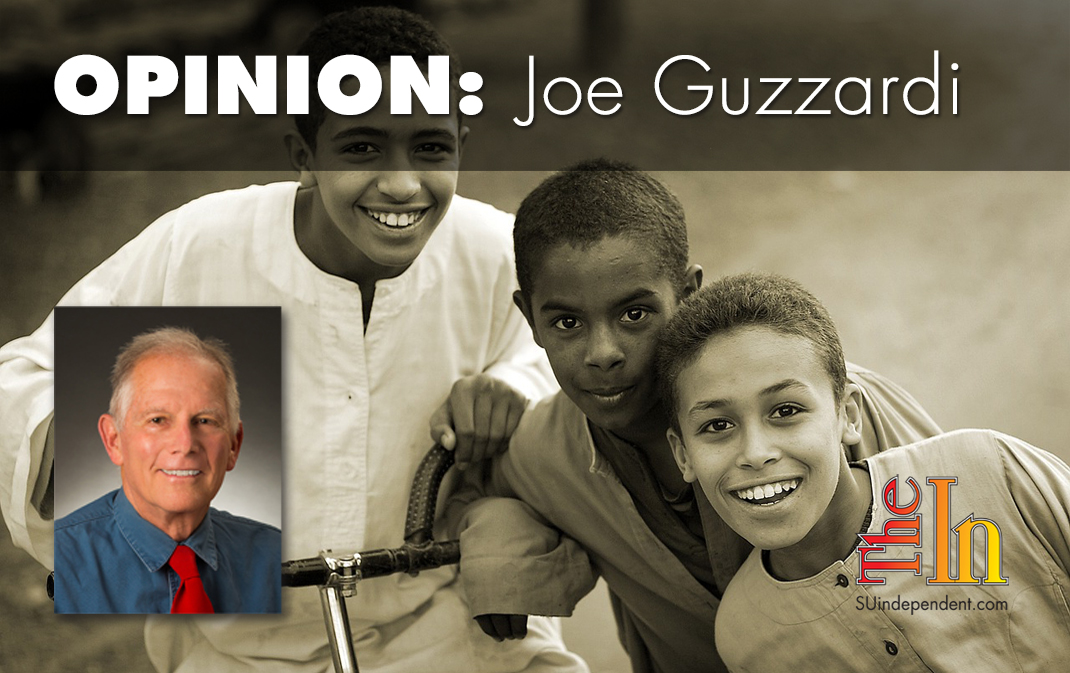
The great divide: Congress and voters on immigration
A year-end Associated Press poll showed that the two top 2019 stories were the House of Representatives’ vote to impeach President Trump and the president’s immigration agenda. The media and the president’s critics refer to Trump’s immigration views as hardline when in fact they reflect his desire to enforce the laws as written and congressionally approved decades ago.
Incumbent Trump versus whichever pro-immigration Democrat survives the endless debate cycle sets up an interesting showdown. Another late December poll, this one taken by Rasmussen, found that Americans are becoming more aware of immigration’s effect on the quality of life. The nation cannot add more than 1 million new immigrants year after year, as has been the long-standing practice, without social consequences. Until the Immigration Act of 1965, immigration averaged 250,000 annually.
Included in Rasmussen’s findings: 47 percent of likely voters polled want to slow immigration-driven population growth, and 14 percent want no immigration-related growth. Further, 68 percent believe the federal government should limit legal immigration to no more than 1 million annually — a total it currently exceeds — and 36 percent want no more than 500,000 admitted each year.
With regard to population-busting family reunification, also referred to as chain migration, 59 percent of voters think legal immigrants should only be allowed to bring their spouse and minor children with them, while 32 percent favor maintaining the current practice that allows them to eventually bring in other adult relatives, including extended family and their spouse’s families.
Americans have shown a growing concern about immigration-related quality-of-life issues. Once more or less limited to border states like California, Texas, and Arizona, immigration has now added population to every state with dire effects on housing and the environment. The impacts are visible in more and more sprawl, overcrowding and traffic congestion.
Consider Virginia, for example. The state’s three fast-growing counties — Fairfax, Arlington, and Prince William, all located adjacent to Washington, D.C. — reflect immigration’s consequences on population growth. Since 1990, hundreds of thousands of Hispanics and Asians have moved into the area and today account for 32 percent of the 1.8 million aggregate residents in the counties. This is triple their 1990 level. During Northern Virginia’s local elections in 2018, some candidates, in response to constituents’ concerns, considered imposing population limits in various affected regions.
The Census Bureau — the ultimate nonpartisan source — projects that if the immigration status quo remains unchanged, future net immigration (the difference between the number coming and number leaving) will total 46 million by 2060, and the total U.S. population will reach 404 million, up from today’s 330 million. Census Bureau data projects that immigration will account for 95 percent of population growth between 2017 and 2060. Readers can do their own informal polls by asking their friends and neighbors how they feel about adding 75 million more people in the coming decades. The likely result is that most would be overwhelmingly opposed.
Yet the federal government continues on its current path, apparently unconcerned about the nation’s future or cowed by likely xenophobia charges. But ignorance and cowardice are not leadership qualities.
Two years ago, senators Tom Cotton (R-AR) and David Perdue (R-GA) introduced the Reforming American Immigration for a Strong Economy Act (the RAISE Act), which would reduce immigration by 50 percent over a ten-year period. The bill had only two cosponsors. Reintroduced in 2019, along with Sen. Josh Hawley’s (R-MO) endorsement, the proposed legislation has only the original three signatories plus Sen. Marsha Blackburn (R-TN). In short, Congress is making little if any effort to comply with American voters’ wishes for less immigration.
In U.S. politics, nowhere is the divide greater between voters and elitist Congress than on immigration.
The viewpoints expressed above are those of the author and do not necessarily reflect those of The Independent.
How to submit an article, guest opinion piece, or letter to the editor to The Independent
Do you have something to say? Want your voice to be heard by thousands of readers? Send The Independent your letter to the editor or guest opinion piece. All submissions will be considered for publication by our editorial staff. If your letter or editorial is accepted, it will run on suindependent.com, and we’ll promote it through all of our social media channels. We may even decide to include it in our monthly print edition. Just follow our simple submission guidelines and make your voice heard:
—Submissions should be between 300 and 1,500 words.
—Submissions must be sent to editor@infowest.com as a .doc, .docx, .txt, or .rtf file.
—The subject line of the email containing your submission should read “Letter to the editor.”
—Attach your name to both the email and the document file (we don’t run anonymous letters).
—If you have a photo or image you’d like us to use and it’s in .jpg format, at least 1200 X 754 pixels large, and your intellectual property (you own the copyright), feel free to attach it as well, though we reserve the right to choose a different image.
—If you are on Twitter and would like a shout-out when your piece or letter is published, include that in your correspondence and we’ll give you a mention at the time of publication.



